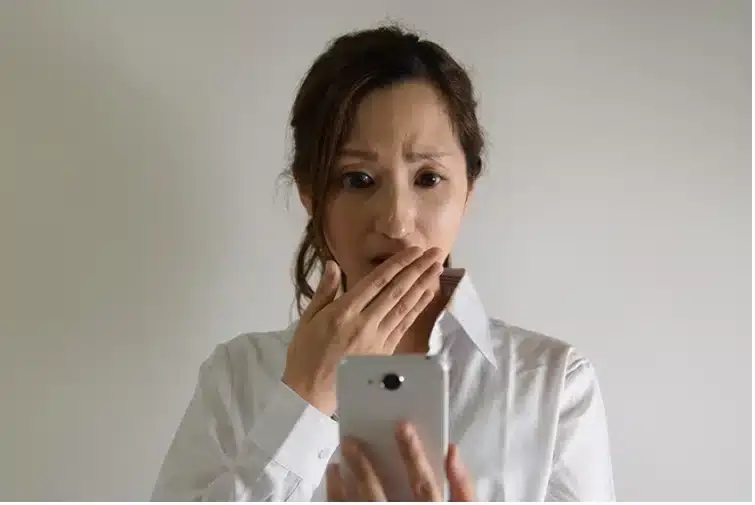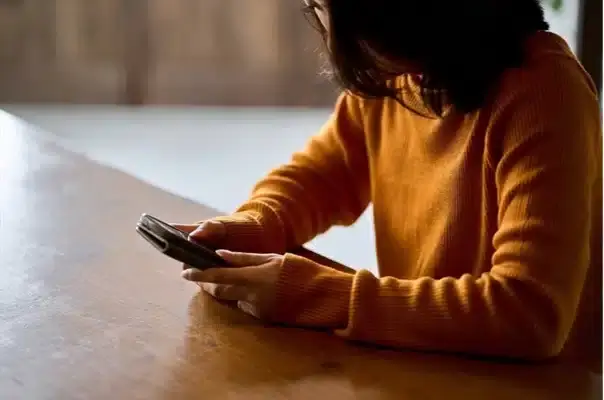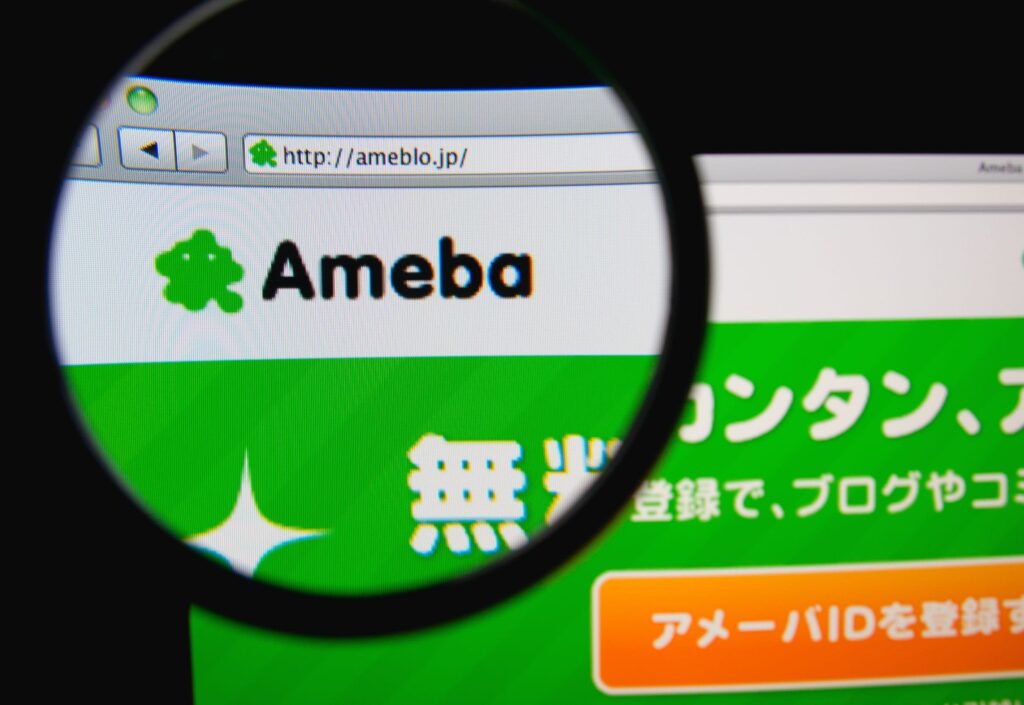Unauthorized Photo Reproduction on the Internet and the Japanese Copyright Holder's Moral Rights

As we have explained in another article on our site, the idea that “copyright is not an issue with photos taken by ordinary people, and that unauthorized use of such photos does not constitute copyright infringement, unlike commercial photos or photos clearly taken by professionals” is incorrect. Even in amateur selfies, there is some degree of originality in the composition, lighting, background, etc., which makes them copyrighted works. Unauthorized reproduction and public transmission of these works on the web or elsewhere could potentially infringe upon copyright (the right of reproduction and the right of public transmission).
https://monolith.law/reputation/copyright-property-and-author-by-posting-photos[ja]
Of course, unauthorized use of photos taken by professionals constitutes copyright infringement (the right of reproduction and the right of public transmission). But what if, for example, you used a browser’s image search function to find an image of two penguins that you liked, which appeared to be a commercial photo taken by a professional photographer, and you wanted to use it as your profile picture? First, you download it, remove the name display, trim it into a circle, and split the image of the two marching penguins into two separate images. Since it’s a profile picture, it’s displayed small, the quality becomes rough, and the two images hardly resemble the original photo, so you upload it with peace of mind.
There are likely quite a few people doing the above, but this is not acceptable. Not only does it infringe upon copyright (the right of reproduction and the right of public transmission), but it also infringes upon the author’s moral rights (the right to maintain integrity).
Copyright and Moral Rights of Authors

Unlike other intellectual property rights such as patents, copyright does not require any application procedures. As soon as a work is created, the person who created the work automatically acquires:
- Copyright
- Moral rights of the author
These rights arise automatically (principle of non-formalism). Copyright includes property rights such as the right to reproduce, perform, screen, broadcast to the public, recite, exhibit, distribute, transfer, lend, translate, adapt, and use derivative works (Articles 21 to 28 of the Japanese Copyright Law).
On the other hand, the moral rights of the author, which are collectively referred to as the “right to disclose”, “right to claim authorship”, and “right to maintain integrity”, can be considered as the copyright version of the right to honor and privacy. While copyright protects the property rights of the author, the moral rights of the author protect the personal interests of the author.
What is the Content of the Author’s Moral Rights?
The author’s moral rights consist of:
Japanese Copyright Law
Article 18 (Right of Publication)
The author has the right to offer or present to the public his/her work that has not yet been published (including works published without his/her consent. The same shall apply hereinafter in this Article). The same shall apply to derivative works based on the said work.Article 19 (Right to Claim Authorship)
The author has the right to display his/her real name or pseudonym as the author’s name on the original work of his/her work, or at the time of offering or presenting his/her work to the public, or to decide not to display the author’s name. The same shall apply to the display of the name of the author of the original work at the time of offering or presenting to the public a derivative work based on his/her work.Article 20 (Right to Maintain the Integrity)
The author has the right to maintain the integrity of his/her work and its title, and shall not be subjected to any changes, deletions or other modifications against his/her will.
Among these, the right to maintain the integrity is a right to protect the honor of the creator and the attachment to the work he/she has created, and it is a right not to have the work he/she has worked hard to create cut up or have the content or title arbitrarily modified against his/her will. The aforementioned “Two Penguins” is an actual case where the infringement of the “right to maintain the integrity” was disputed in court.
Case of Unauthorized Publication of a Cropped Portion of a Photo
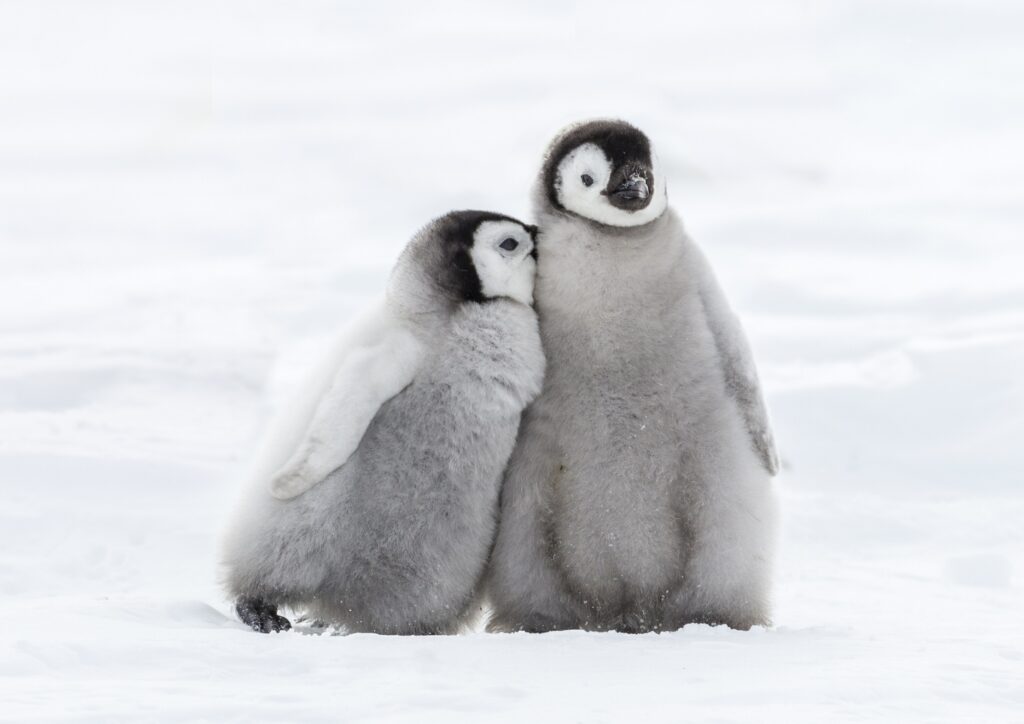
The plaintiff, a photographer, uploaded a photo of two marching penguins on a website where a price list for usage was displayed. The defendant, without the plaintiff’s permission, downloaded this image from the website, removed the plaintiff’s name from the image, and first cropped out only the penguin on the right side of the screen, then only the penguin on the left side. These cropped images were then uploaded to be used as profile pictures 1 and 2 for an online karaoke service account. The defendant copied these images onto a server, making them transmittable. The plaintiff, claiming that his rights to reproduce and publicly transmit the photo, as well as his right to have his name displayed and to maintain the integrity of the work, were violated, sought damages and filed a lawsuit.
The court first stated, “The photo in question, taken by the plaintiff, a photographer, of two marching penguins, is a creative work with the plaintiff as the author, as it involves the photographer’s ingenuity in composition, shading, camera angle, and focus position.” The court acknowledged that the defendant downloaded the image, cropped it, removed the plaintiff’s name, and uploaded it, thereby “violating the plaintiff’s rights to reproduce and publicly transmit the photo, as well as the plaintiff’s right to have his name displayed and to maintain the integrity of the work.” The court recognized the defendant’s infringement of copyright and moral rights of the author.
The defendant argued, “I used images that were originally on the internet, and I did not rely on the photo in question. The subject of the photo is a natural object, a penguin, so there is no room for creativity in the selection of the subject. Even if creativity is recognized, it is limited to the shooting technique. Moreover, the defendant’s profile pictures are displayed small and the image quality is rough, so it is no longer possible to directly perceive the essential personalityistics of the photo in question, and the photo in question and the defendant’s images are not similar.” However, all of these arguments were denied in the judgment.
The court stated,
“The defendant, by cropping only one penguin from the plaintiff’s image and uploading it, and when the defendant’s profile picture 1 is no longer displayed, uploading it again in the same way, violated the plaintiff’s right to have his name displayed and to maintain the integrity of the work. The defendant’s each infringement caused mental distress to the plaintiff, and the period during which the image was displayed as the defendant’s profile picture was, as mentioned above, over two years and seven months. On the other hand, the defendant did not use the plaintiff’s image for profit, and it cannot be recognized that the plaintiff’s brand was damaged by displaying the defendant’s profile picture on the defendant’s account page.”
Tokyo District Court, May 31, 2019 (Heisei 31) Judgment
The court ordered the defendant to pay a total of 712,226 yen, which includes the equivalent of the image usage fee based on copyright infringement (162,000 yen), the cost of certified mail (2,226 yen), the cost of filing for provisional measures (270,000 yen), the cost of preservation execution (108,000 yen), attorney’s fees (70,000 yen), and compensation for emotional distress based on the infringement of moral rights of the author (100,000 yen).
The defendant thought that it would be acceptable to alter and chop up the photo to the point where it was no longer possible to directly perceive the essential personalityistics of the photo. However, from the perspective of the moral rights of the author, this is exactly why the right to maintain the integrity of the work was violated, causing further mental distress to the author.
Case of Portrait Photography
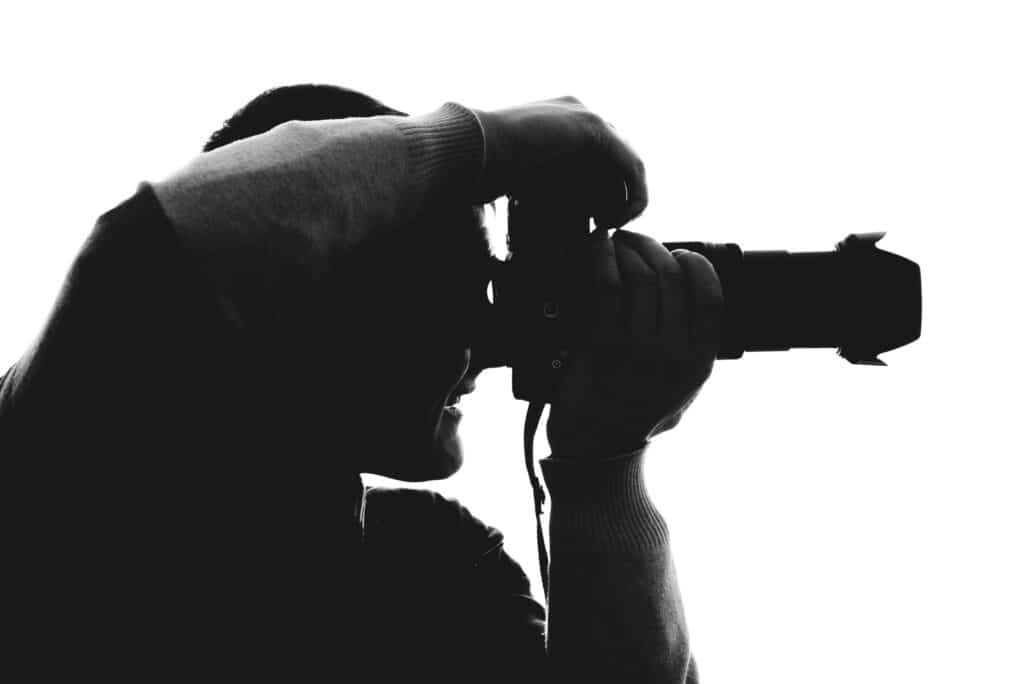
There was a case where a religious group A’s exclusive photographer B, based on the plaintiff’s intention, took a portrait of representative C in the course of his duties and published it in the group’s official newspaper under the plaintiff’s name. The defendant reproduced this photo, partially cut it out, and posted it on his own website. The religious group, which holds the copyright, claimed damages for infringement of reproduction rights, public transmission rights, and rights to maintain integrity.
The court first stated, “B, in taking the photograph in question, is recognized to have added creativity to the background, composition, lighting, and the expression of the subject, C. Therefore, the photograph in question can be said to be a creative expression of B’s thoughts or feelings, and has the nature of a copyrighted work.” Furthermore, “The photograph in question was created by B in the course of his duties based on the plaintiff’s intention, and was published under the plaintiff’s name, so it meets the requirements of a work created in the course of duties under Article 15, Paragraph 1 of the Japanese Copyright Law, and the author is recognized as the plaintiff.”
Japanese Copyright Law
Article 15
A work created in the course of duties by a person engaged in the business of a corporation or other employer (hereinafter referred to as “corporation, etc.”) based on the intention of the corporation, etc., excluding a program work, and published under the name of the corporation, etc.’s own work, the author of the work shall be the corporation, etc., unless otherwise provided by contract, work rules, or other at the time of creation.
The photo that the defendant reproduced without permission was a black and white version of the color photo with parts of the top, bottom, left, and right cut out. It had been used repeatedly in various magazines, official publications, websites, etc. that criticized the plaintiff and C, albeit in a somewhat unclear manner. The court recognized that the defendant copied the photo from these unclear reproductions and posted it on his website as is.
In other words, what the defendant copied was not the photo first published in the official newspaper, but the image that had been worn out and become unclear due to being used in various magazines, official publications, websites, etc. that criticized the same religious group. The defendant may have thought, “Everyone is doing it anyway” and “I didn’t alter it by making it black and white or cutting it out.”
However, the court stated,
The defendant reproduced the defendant’s photo, which was created by someone turning the photo in question into black and white and cutting out parts of the top, bottom, left, and right. However, the act of reproducing a reproduction that infringes on the right to maintain the integrity of a work that has been partially altered, and posting it on one’s own website as in this case, is objectively an act of altering a work, and should be considered an infringement of the right to maintain the integrity under Article 20, Paragraph 1 of the Japanese Copyright Law.
Tokyo District Court, April 12, 2007 (Heisei 19) Judgment
The court ordered the defendant to pay a total of 400,000 yen, including 300,000 yen in consolation money for copyright infringement (reproduction rights, public transmission rights), 50,000 yen in consolation money for infringement of author’s moral rights (right to maintain integrity), and 50,000 yen in attorney’s fees.
The defendant argued that “it is a very coarse black and white photo” and “similar photos were flooding magazines and the internet, so it is absolutely impossible to say that the copyright of the photo in question should be attributed to the plaintiff just because the subject is C.” However, the court stated, “It is recognized that the defendant copied the defendant’s photo and pasted it on the defendant’s website without confirming who owns the copyright, so it is clear that there is at least negligence in the copyright infringement (infringement of reproduction rights and public transmission rights) of the photo in question.”
Furthermore, it is obvious at a glance that the defendant’s photo posted is a photo that C actively allowed to be taken based on his own will, and that someone critical of C or the plaintiff has copied and used it without permission. In such a usage form, it is common for some alterations such as partial removal of the original photo to be made, and the defendant copied and posted the defendant’s photo on his own website without checking whether the defendant’s photo posted on the website critical of the group had been altered from the original work. Therefore, the court judged that there was at least negligence in the infringement of the right to maintain the integrity of the photo in question, and recognized that there was negligence in the infringement of reproduction rights, public transmission rights, and the right to maintain integrity.
Because “it is a very coarse black and white photo” and “similar photos were flooding magazines and the internet,” it can be said that the copyright was infringed and the author’s moral rights were violated, and it should have been confirmed who owns the copyright.
Summary
Assumptions such as thinking it’s okay to use a photo taken by someone else if it’s cropped well, or that it’s permissible to use a photo everyone else is using, could potentially infringe on copyright and moral rights of authors. If you crop a photo taken by someone else, add elements, or convert it to black and white, you may not only infringe on copyright, but also on the moral rights of authors. If you have any doubts about whether you are infringing or being infringed upon these rights, it is advisable to consult with a lawyer who has extensive experience in this field at an early stage.
Category: Internet


